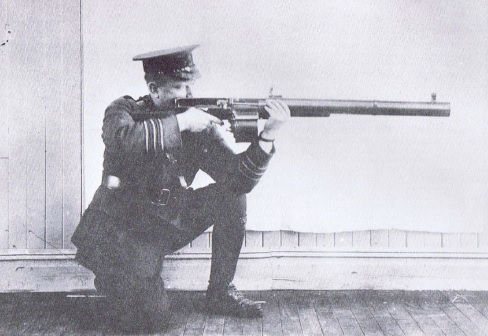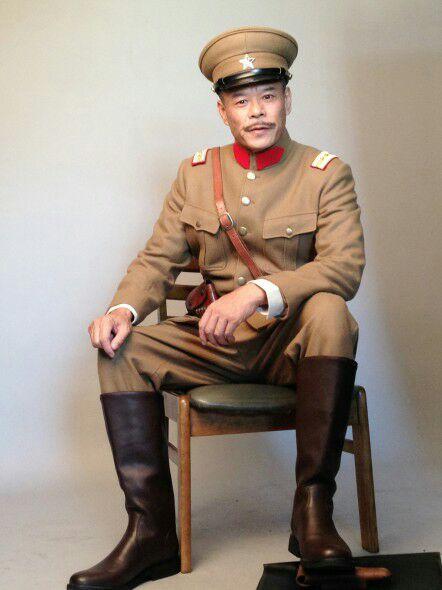
1918 Quebecois Army officer test firing the Huot Automatic Rifle. Developed by legendary Quebecois weapons engineer Joseph Huot for the Canadian Army during the First Great the HAR was intended as a force multiplier for Canadian troops, facing off against the numerically superior Union Army. Using a conversion of the Ross Rifle that had been recently taken out of service before the First Great War for conversion into a light machine gun, since there was an at the time a sizable surplus of the weapon.
It was quickly rushed into service during the final days of the War, proving popular amongst Canadian troops and a nightmare for their Union foes, though not enough to prevent the inevitable. Post war the Rifle was adopted as the standard issue Light Machine Gun of the Quebecois military, where it would once again see service during the Second Great War.
